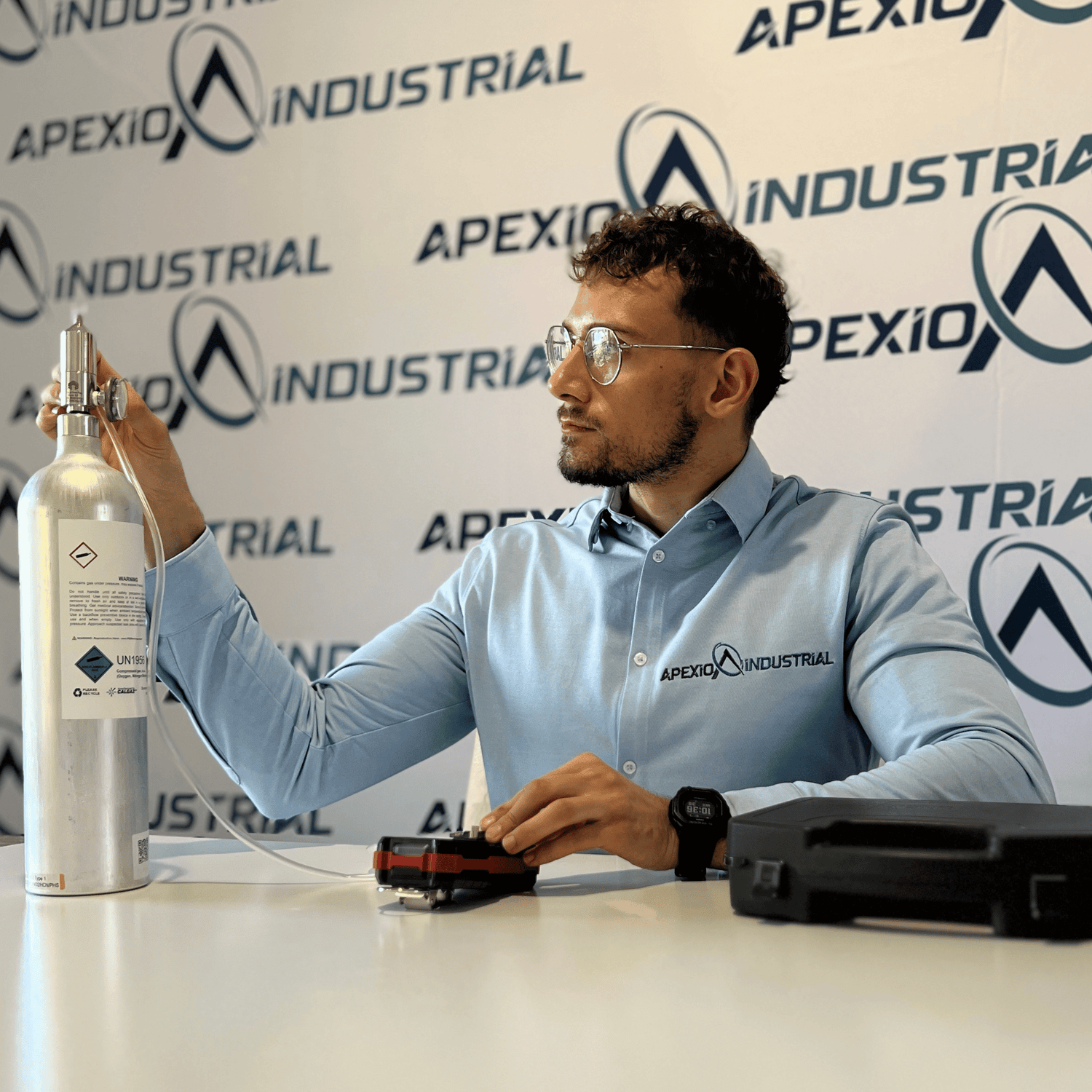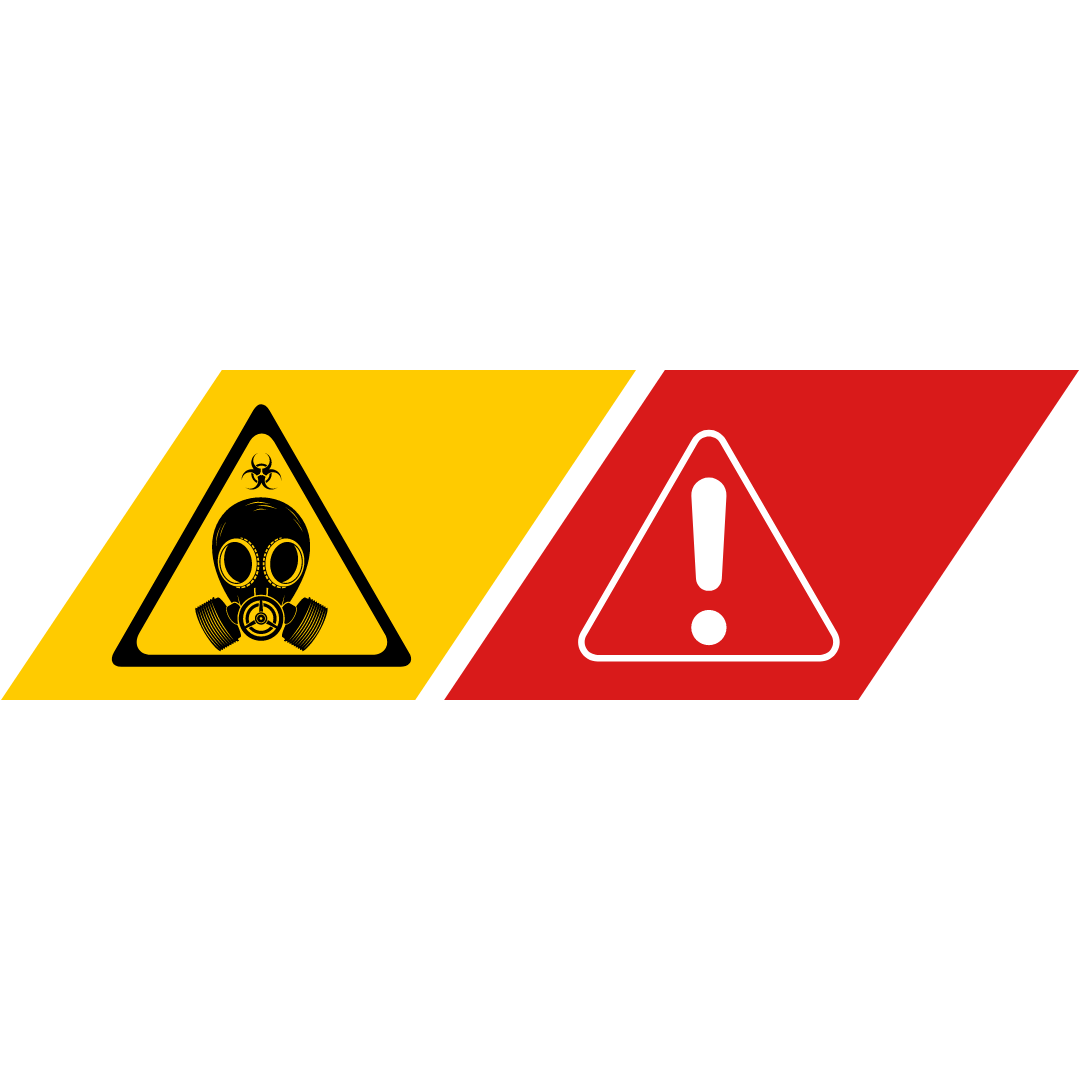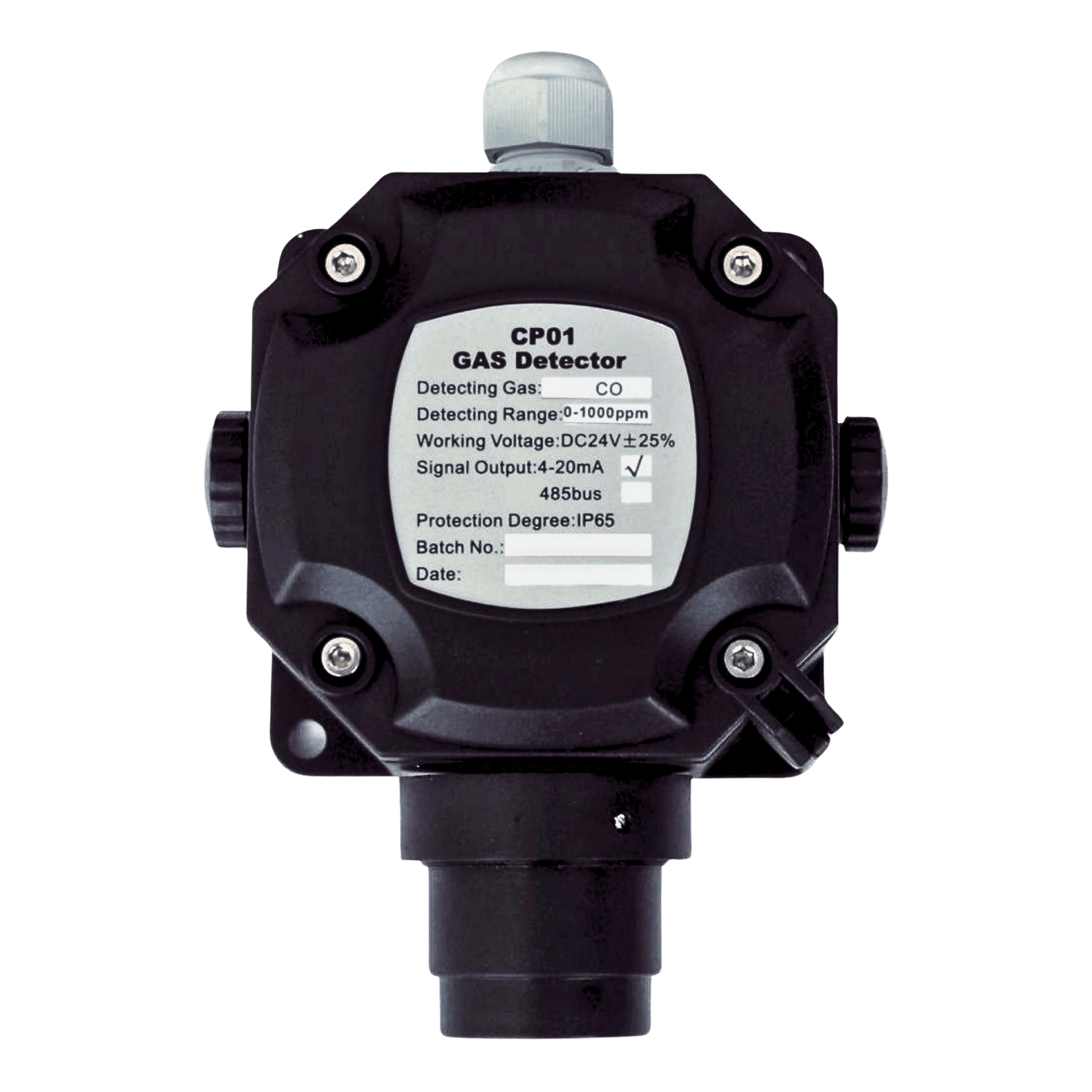
Benzene is a colourless or pale-yellow gas that evaporates rapidly into the air. Its chemical formula, C6H6, consists of 6 carbon and 6 hydrogen atoms, classifying it as both a hydrocarbon and a volatile organic compound (VOC). Known for its sweet, aromatic odor, benzene contributes to the familiar scent around fuel stations. Since its vapors are denser than air, benzene can quickly accumulate in low-lying areas, potentially going unnoticed. This makes the installation of a benzene gas sensor crucial to prevent dangerous build-up and protect personnel from harm.
International Gas Detectors offers comprehensive benzene gas sensor solutions tailored to meet the specific needs of your industry, including:
Ammonia NH3 Fixed Wall Gas Detector | 4-20mA RS485 Non HA


Benzene Gas Hazards
Benzene is a highly carcinogenic gas, significantly raising the risk of cancer and related health issues. Studies show that prolonged exposure to benzene increases the likelihood of bone marrow failure, acute leukemia, and cardiovascular diseases. Even short-term exposure to high levels can cause immediate health problems such as headaches, fatigue, tremors, and nausea, highlighting the danger of brief contact with this toxic gas.

Exposure Limits
STEL: N/A
(Short Term exposure Limit – 15mins)
TWA: 1ppm
(Time Weighted Average – 8 hrs)
Alarm Recommendations
First Alarm
0.5ppm
Second Alarm
1ppm
Third Alarm
Optional
Applications for Benzene Gas Detection
Benzene can be found in a variety of settings due to both natural and human-made processes. For instance, it is released during volcanic eruptions and through tobacco smoke, highlighting the broad range of environments where benzene monitoring is essential.
In industry, benzene is most prevalent in crude oil and petroleum products, making it a frequent hazard in the oil and gas sector, where drilling, refining, and processing can release dangerous amounts of the gas. Additionally, benzene is used in the manufacturing of products such as adhesives, plastics, lubricants, rubbers, dyes, synthetic fibers, and pharmaceuticals. This widespread usage across diverse industries further emphasizes the importance of implementing benzene gas sensors wherever its presence is likely.
The physical characteristics of Benzene are as follows:
- Consists of only Carbon and Hydrogen atoms
- Melting Point: 5.53 °C (41.95 °F; 278.68 K)
- Boiling Point: 80.1 °C (176.2 °F; 353.2 K)
- Heavier than air gas
- Immiscible in water but soluble in organic solvents
-
Pre & Post After Sales Support
We offer after sales support on all our products including
- Installation
- Configuration
- Maintenance
- Repair
- Calibration
-
Calibration Services
Calibration ServicesWe have full capability for Gas Detector, Temperature, Pressure Calibrations in our Lab or on-site. With traceable N.I.S.T standards on all our equipment.
Contact form
Our Core Values
-
TAKE PRIDE
Since the beginning, we have always believed in the quality and longevity of the products we sell and service we provide, and are proud to offer our expertise to all industries.
-
WORK SMARTER NOT HARDER
In order to do great work, we need knowledgeable, well-trained individuals, combined with automation. We are dedicated to not only providing our team with top-notch training, but also world-class equipment to ensure we’re stay at the cutting edge of the industry.
-
UNPARALLELED SUCCESS
We embrace every challenge as a team with our expertise, and have a proven track record of success when we collaborate.


